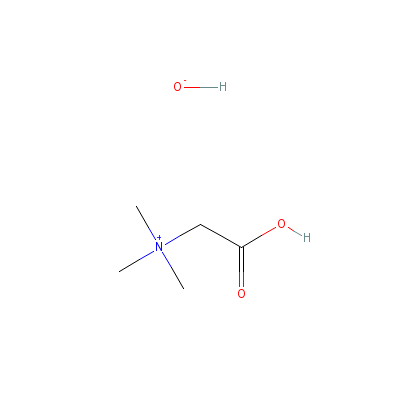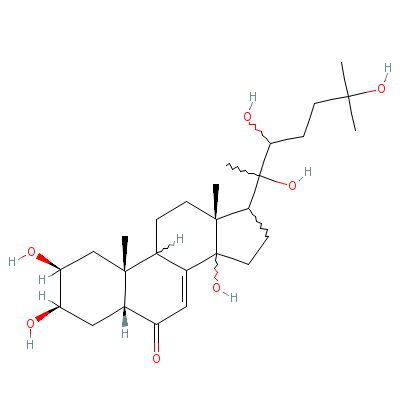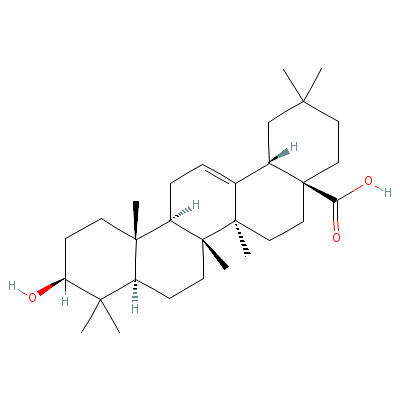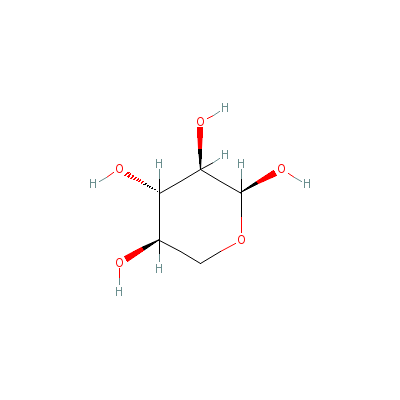| |
|
|
Botanical Name |
: |
Achyranthes aspera |
English
Name |
: |
Rough Chaff, Devil's-Horsewhip and Prickly-Chaff Flower |
Synonym(s) |
: |
Achyranthes aspera L. var. aspera, Achyranthes indica (L.) P. Mill., Centrostachys aspera (L.) Standl., Centrostachys indica (L.) Standl. |
Family |
: |
Amaranthaceae |
| |
General Info
| Description |
 |
|
Stiff, thorny, annual or perennial herb (weed) or low-growing shrub. which can grow as high as 50 cm and has many branches. Leaves are oblong-ovate to elliptic or obovate, 6 to 15 cm long, pointed at both ends, more or less hairy, though often nearly smooth. Flowers are green and about 5 cm in length. Sepals 4 or 5, filaments connate at the base, the stamens and staminodes square toothed or fimbricate, pale purplish. Ovary oblong, 1-ovuled; flowers unisexual. The spikes are rigid, elongated and 10 to 15 cm long. Buds point upwards but when the flowers open, they spread out from the sides.· Seeds oblong, brown and 2 to 3 mm long. Fruits utricles, oblong or ovoid, indehiscent. |
| Herb Effects |
 |
|
Antibiotic (leaf); hypoglycemic, diuretic and laxative (plant); astringent and prevents tetanus, alterative, antiperiodic and purgative; antifungal activity against Aspergillus carneus (oil). |
Chemistry
| Active Ingredients |
 |
|
Achyranthine, oleanolic acid, xylose (plant); saponins (seed); betaine (root); ecdysterone (shoot) |
| Chemistry
of Active Ingredients |
 |
|
|
 |
Name |
CAS# |
IUPAC Name |
Formula |
Structure |
 |
|
| Betaine |
590-47-6 |
Carboxymethyl-trimet
hyl-ammonium
hydroxide |
C5H13NO3 |

|
| Ecdysterone |
Not available |
2,3,14-trihydroxy-10
,13-dimethyl-17-(1,2
,5-trihydroxy-1,5-di
methyl-hex
yl)-1,2,3,4,5,9,10,1
1,12,13,14,15,16,17-
tetradecahydrocyclop
enta[a]phe
nanthren-6-one |
C27H44O7 |

|
| Oleanolic acid |
508-02-1 |
10-hydroxy-2,2,6a,6b
,9,9,12a-heptamethyl
-1,3,4,5,6,6a,7,8,8a
,10,11,12,
13,14b-tetradecahydr
opicene-4a-carboxyli
c acid |
C30H48O3 |

|
| Xylose |
25990-60-7 |
Oxane-2,3,4,5-tetrol |
C5H10O5 |

|
|
Pharmacology
| Medicinal Use |
 |
|
Asthma and snakebite (root powder); toothache (root); rashes. boils and dropsy (plant); renal dropsy (plant decoction); as an emmenagogue; in hemorrhoids; atrophy; blindness (veterinary); insect bites; cachexia; cataracts; cholera; circumcision; antispasmodic; astringent; odontalgic. The flower-tops are stated to be employed for the treatemtnt of rabies. It is also used in veterinary medicine to expel placenta. |
| Reference |
 |
|
 Chandel et al., Biodiversity in Medicinal and Aromatic Plants in India. Chandel et al., Biodiversity in Medicinal and Aromatic Plants in India.
Grieve M. A Modern Herbal 1931.
Manandhar NP. Plants and People of Nepal Timber Press. Oregon. 2002 ISBN 0-88192-527-6.
Reid BE. Famine Foods of the Chiu-Huang Pen-ts'ao. Taipei. Southern Materials Centre 1977.
Sharma Classical Uses of Medicinal Plants.
Uniyal et al., Medicinal Flora of Garhwal Himalayas. |
Dealers
Products
|
|